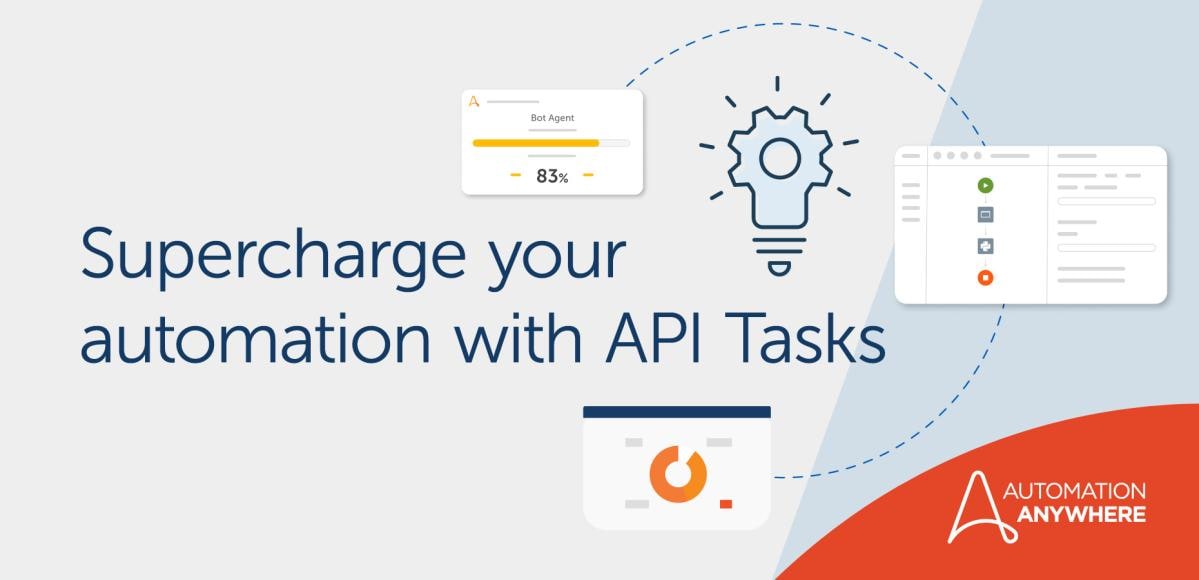- Login
- Support

-
Have a question? Our team is here to help guide you on your automation journey.
-
Browse documentation on how to install, configure, and use our products effectively.
-
Explore support plans designed to match your business requirements.
-
- Search
- Products
Powered By
Automation Success Platform Create a system of work with our connected suite of intelligent automation apps and tools to discover, automate, scale and engage. Explore our Platform Explore our Platform
- Discover
- Automate
- Scale
- Engage
- Solutions
Featured Solution
Google Cloud Google Cloud and Automation Anywhere empower enterprises to fast-track their RPA journey Google Cloud
Featured Solution
 Amazon Web Services Streamline workflows, reduce costs, and make automating even easier when you combine the Automation Success Platform with AWS Amazon Web Services
Amazon Web Services Streamline workflows, reduce costs, and make automating even easier when you combine the Automation Success Platform with AWS Amazon Web Services- Automation Solutions
Accelerate your business with a digital workforce
- By Industry
- By Function
- By Technology
- Resources
Get Community Edition: Start automating instantly with FREE access to full-featured automation with Cloud Community Edition.
Featured
 Now & Next: State of Intelligent Automation Report Learn how automation leaders are embracing Intelligent Automation & generative AI for increased productivity, innovation & growth. Download Report Download Report
Now & Next: State of Intelligent Automation Report Learn how automation leaders are embracing Intelligent Automation & generative AI for increased productivity, innovation & growth. Download Report Download Report - Customers
Featured case study
 Leading Broker-dealer Osaic Transforms Business Through Intelligent Automation. Explore case study Explore case study
Leading Broker-dealer Osaic Transforms Business Through Intelligent Automation. Explore case study Explore case study - Company
Get in touch with us Get help, know more, learn, ask questions, or just say Hi! Contact Us Contact Us
- Get To Know Us
- Announcements
- Society
Blog
Best practices to tune up your automation strategy with API Tasks
Share this:

In today's fast-paced business landscape, organizations strive to optimize processes, boost efficiency, and reduce costs. Enter API Tasks, a groundbreaking element of intelligent automation that leverages APIs to streamline operations. In this blog post, we will delve into the concept of API Tasks, highlight their significance in automation, showcase typical use cases, and provide insights on incorporating them into existing tech stacks.
What are API Tasks?
API Tasks are a new innovation from Automation Anywhere, which makes the use of APIs hyper-efficient inside an automation. Unlike the traditional use of an API in automations, which relies on the run time engine executing the API on a virtual machine or desktop, API Tasks operate in the cloud, are extremely fast, and provide real-time performance. They can also eliminate the need for costly and time-consuming virtual machine upkeep or Windows desktop maintenance. Additionally, API Tasks can unlock more capacity for the organization by offloading some automations to run in the cloud completely.
Why are API Tasks important to consider?
- Real-time automation: API Tasks perform with millisecond latency and can empower organizations to perform real-time monitoring of IT systems. For instance, a large city utilizes API Tasks to enforce data management through Service Level Agreements (SLAs) for third-party services. Automations can monitor data freshness and ensure compliance with data currency requirements.
- Reduce maintenance: Bid farewell to the burden of managing virtual machines and Windows updates. With API Tasks, there's no longer a need to handle Windows and program updates, resulting in significant cost savings, reduced maintenance efforts, and streamlined updates. This paves the way for accelerated automation.
- Diverse use cases: API Tasks offer a broad range of applications. They can be employed for various tasks, such as physician credentialing, where real-time automations can verify and update credentials. Furthermore, API Tasks integrated within Salesforce can automatically update and close duplicate case tickets, optimizing customer service efficiency.
Incorporating API Tasks into your tech stack and automation flow
To seamlessly integrate API Tasks into your existing tech stack and automation flow, developers should consider the following:
- Resilience: API Tasks exhibit exceptional resilience by their very nature, integrating with the target application’s API. Developers should prioritize an API-first approach when the application they are automating provides an API for interaction.
- System accessibility: Identify the systems that your bots can access through APIs. Focus on key integration points and ensure close collaboration with IT teams to obtain necessary API access.
- Collaboration with IT: Engage IT teams from the initial stages of integrating API Tasks. They possess the expertise to provide API access and offer valuable insights and support throughout the process.
How API Tasks can drive cost reduction and efficiency
A vacation home listing company manages a large number of homes, each with over 40 images associated with its listing. However, the cost of hosting and storing these images is significant. Moreover, when a client leaves the platform, the company is burdened with the ongoing expense of storing their photos, leading to inefficiency and increased costs. The manual process of removing photos individually is not only expensive but also time-consuming. To address these challenges, an API Task automation has been implemented. This automation efficiently scans the storage account and identifies any files older than one year. It automatically deletes these outdated files, effectively reducing the storage costs for the company.
Key learnings for developers
Here are some key takeaways for developers embarking on integrating API Tasks:
- Harness real-time monitoring capabilities to enforce data management and enhance compliance with SLAs.
- Leverage the cloud-based nature of API Tasks to eliminate the challenges associated with virtual machines.
- Explore a wide range of use cases, such as physician credentialing and ticket management within customer service workflows.
- Embrace an API-first mindset to enhance resilience and efficiency in automation flows.
- Collaborate closely with IT teams to ensure seamless API access and foster a spirit of collaboration.
Harness the power of API Tasks
API Tasks present organizations with a remarkable opportunity to automate processes efficiently, reduce costs, and achieve real-time monitoring capabilities. By incorporating API Tasks into their tech stack and automation flows, developers can unlock a new level of efficiency and resilience. Embracing API Tasks empowers organizations to streamline operations, focus on high-value tasks, and propel their overall business success.
Want to learn more? Join our webinar on July 19th, where we'll explore the power of harnessing API Tasks.
Unlock End-to-End Process Automation with Intelligent Automation and API Tasks
About Luke Keenan

Get to know the Automation Success Platform.

For Students & Developers
Start your RPA journey instantly with FREE access to Community Edition



